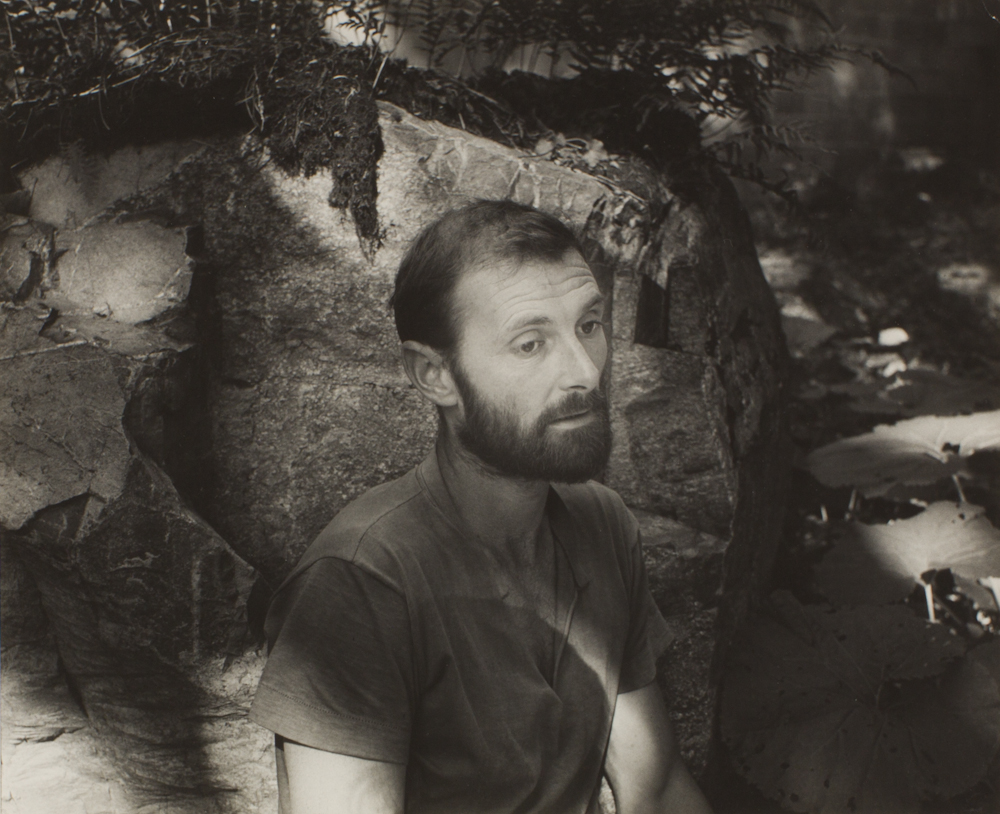Today is the birthday of artist Morris Graves, whose wonderful painting, Spirit Bird with Minnow, is part of Crystal Bridges’ permanent collection, and my favorite, though it has not been on view for several years. It is painted on paper, and therefore susceptible to the damaging effects of light. To preserve it for many generations to come, we must limit its exhibition time. This is the great heartbreak of works on paper! Many lovely works of art—watercolors, sketches, prints, and, like Morris Graves’s Spirit Bird, mixed media on paper—remain in museum vaults around the world because they can’t bear the light.

Morris Graves, 1910 – 2001
Spirit Bird with Minnow, 1953
Mixed media on paper
Crystal Bridges Museum of American Art, Bentonville, Arkansas
Graves was one of a group of four artists from the Pacific Northwest known as the Mystics. They comprised (besides Graves), Mark Tobey, Guy Anderson, and Kenneth Callahan. The name was bestowed upon them by an article in a 1953 issue of LIFE magazine titled “The Mystic Artists of the Northwest.” The article grouped them together for their “remarkable art of shimmering lines and symbolic forms,” and because the “embody a mystical feeling toward life and the universe.”
He dropped out of high school mid-way through and went to sea with the American Mail Line, which took him to Japan and China, where he developed his life-long love of Asian art. He later wrote that “There, I at once had the feeling that this was the right way to do everything. It was the acceptance of nature not the resistance to it. I had no sense that I was to be a painter, but I breathed a different air.”
When he did begin painting, he focused on natural themes, mostly birds, but also snakes, toads, and the moon. His images are spare, with the fluidity of stroke that characterizes the Asian art he loved. His birds are ethereal, sometimes a bit humorous, sometimes uncanny in their direct gaze and thousand-league stare. They sometimes seem to be bound or enmeshed in a hectic cloud of lines like a dense net, and are often in the company of the moon. They appear totemic, symbolic, and yes, mystical.
Graves preferred not to keep company with most humans, though he is reported to have been friendly enough, if eccentric. He lived in three houses that were located in remote places, two of which he built himself: one he called The Rock, which was situated on a cliffside on an island in Puget Sound. (In Graves’s obituary the New York Times says that the house had been characterized as a cross between a fisherman’s shack and a Japanese tea house.) Later he built himself a house of cinderblock in Woodway, Washington, which he named “Careladen.” And finally, he created an isolated home and studio on 380 acres of redwood forest in Loleta, California, where the sign on the gate said “No visitors today, tomorrow, or the day after.” This house has since been converted into an artist’s retreat maintained by Graves’s foundation.

Morris Graves, by Imogen Cunningham
The photograph of Spirit Bird with Minnow doesn’t do it justice. The painting is like a swift sketch on a ground of rich gold, and the bird stares out at you with an intensity that makes you feel as if it knows something.
Maybe it does.
Graves was deeply in tune with nature. He loved living in the remote forest, and stated that he painted “to rest from the phenomena of the external world – to pronounce it – and to make notations of its essences with which to verify the inner eye.” His friend William Cumming claimed that Graves “seemed to look through people and birds and rotting fruit at the timeless patterns engraved there by the hand of God.”
I wish everyone could see this wonderful work in person. You can be sure that, the moment Morris Graves’s Spirit Bird with Minnow comes out of the vault, I’ll let you know.




